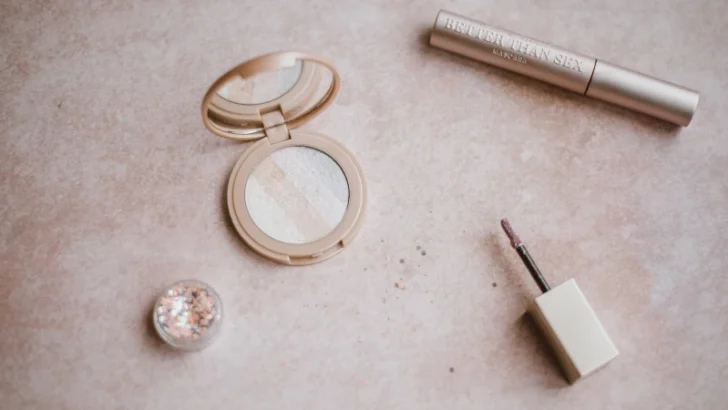Disclosure: This post may contain affiliate links, meaning we get a commission if you decide to make a purchase through our links, at no cost to you. Please read our disclosure for more info.
Creating a line of beauty products encompasses many stages. Some of which them researching the safest ingredients for the final product, developing the formula, and testing the actual product. The first thing people pay attention to when it comes to cosmetic and makeup packaging is the design. So, it’s important to make a good impression.
But of all the processes, arguably the most crucial step is choosing packaging materials for your cosmetic products is something that makeup packaging suppliers like BeautySourcing should consider. And it’s a process that must be taken care of as early as possible.
It’s more than just about choosing the most aesthetically pleasing ones. But the safety of your customers should be at the heart of your decision-making process. The packaging material’s reactivity to your product needs to be considered when making your choice.
Certain chemicals used in cosmetics packaging materials may react with the actual cosmetic product. You DON’T want your creams and serums to corrode, leak, or go bad.
But fret not. In this article, we highlight some of the things you should consider when choosing packaging materials for your cosmetic products.
In This Post:
- 1. Choose Materials Based on Their Material Properties
- 2. Choose Materials Which Have Similar Uses
- 3. Choose Materials With Proper Packaging Specifications
- 4. Check Out the Environmentally Friendly Options Available
- 5. Consider Your Market Needs
- 6. Make Sure You Can Afford It
- Do you now know how to choose the BEST packaging materials for your cosmetic products?
1. Choose Materials Based on Their Material Properties
The first step is understanding the properties of different materials so that you can select the best ones for your product. For instance, plastics tend to be tough but brittle, glass tends to break easily, metals are durable, etc.
2. Choose Materials Which Have Similar Uses
You should also make sure that the packaging chosen will be used for similar purposes. For example, plastic containers are commonly used for food, beverages, cleaning supplies, cosmetics and lotions, detergents, pharmaceuticals and medical devices. When choosing a container, ensure that its intended purpose is similar to yours. If these cosmetics packaging materials work for other products, there’s a good change it’ll work for yours. Of course, you need to do your due diligence and do proper research.
3. Choose Materials With Proper Packaging Specifications
It’s also important to note that all containers need to meet certain specifications before they can be shipped. For example, you may want to avoid styrene, acrylic, polycarbonate and PVC due to their flammability. However, you should still consider these materials because they’re widely used in the industry.
4. Check Out the Environmentally Friendly Options Available
Finally, you should be aware of the environmental benefits offered by various packaging materials. Some materials perform well across the board, while others may pose problems. For instance, glass is generally thought to be environmentally friendly, but it does require energy to produce, transport, recycle and dispose of.
Other considerations include recycling rates; toxicity; recyclability; cost, including shipping costs; and availability. The last factor takes into consideration how many different types of materials exist for a given application. If there are few choices, then the more expensive or specialized material might not be necessary.
5. Consider Your Market Needs
As with any business endeavor, it’s important to understand your market needs before making a decision. This includes knowing which consumers prefer your product over competing products, whether you have enough competition, what the shelf life of your product is, who is likely to buy your product and where it will be sold. These factors can help you determine if you should stick with one material or switch to another.
6. Make Sure You Can Afford It
Your bottom line is the final factor to take into account. Before choosing a particular material for your cosmetics products, ask yourself how much money you’ll spend on each container. You don’t want to invest in something that isn’t affordable — especially when you plan to hire employees down the road.
Do you now know how to choose the BEST packaging materials for your cosmetic products?
And there you have it! These are our top 6 tips on how you can packaging materials for your cosmetic products for your business.
We understand that it can hard for you to make an informed choice given all the information out there. We hope our article will help you ease that process.

